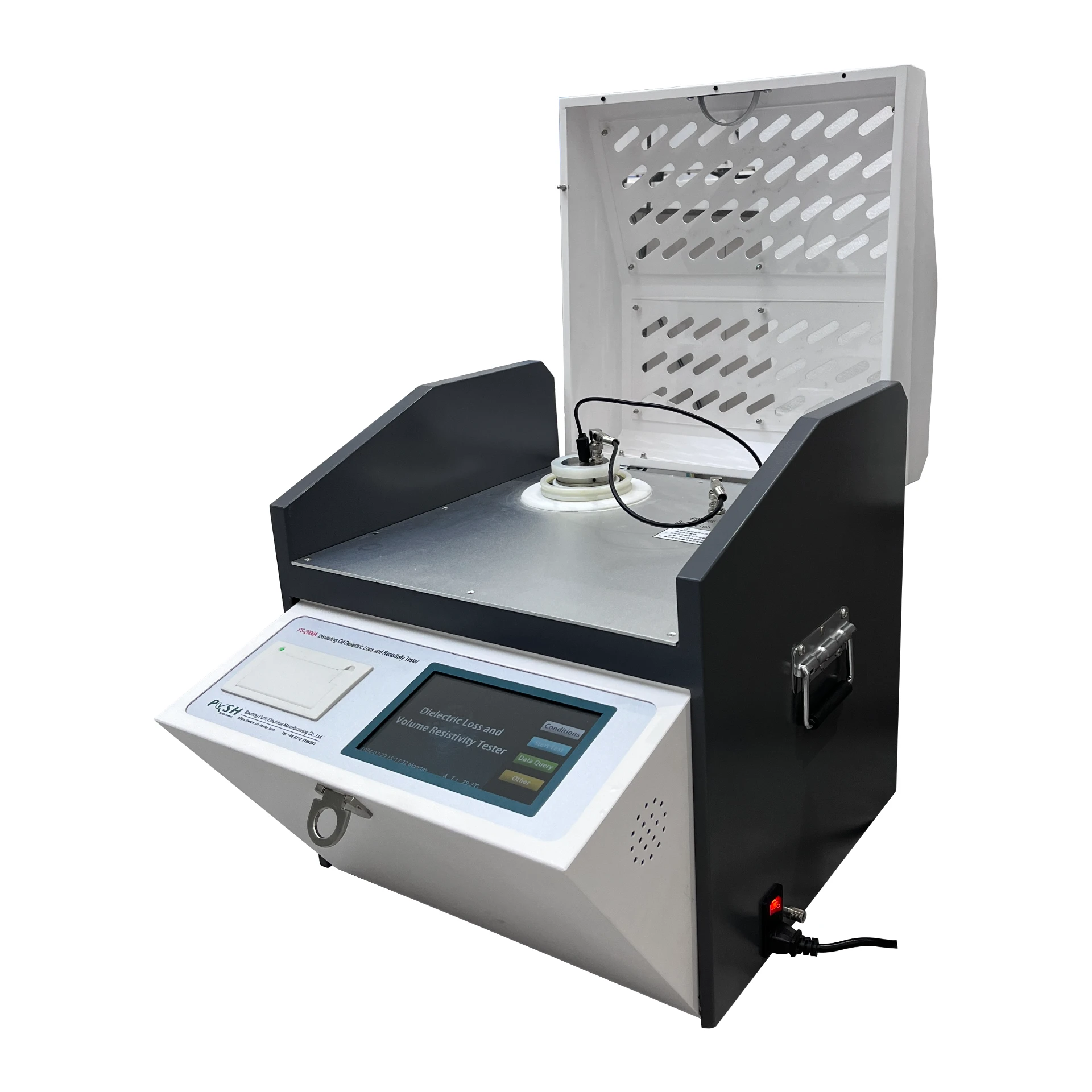 English
English



-
 Afrikaans
Afrikaans -
 Albanian
Albanian -
 Amharic
Amharic -
 Arabic
Arabic -
 Armenian
Armenian -
 Azerbaijani
Azerbaijani -
 Basque
Basque -
 Belarusian
Belarusian -
 Bengali
Bengali -
 Bosnian
Bosnian -
 Bulgarian
Bulgarian -
 Catalan
Catalan -
 Cebuano
Cebuano -
 China
China -
 China (Taiwan)
China (Taiwan) -
 Corsican
Corsican -
 Croatian
Croatian -
 Czech
Czech -
 Danish
Danish -
 Dutch
Dutch -
 English
English -
 Esperanto
Esperanto -
 Estonian
Estonian -
 Finnish
Finnish -
 French
French -
 Frisian
Frisian -
 Galician
Galician -
 Georgian
Georgian -
 German
German -
 Greek
Greek -
 Gujarati
Gujarati -
 Haitian Creole
Haitian Creole -
 hausa
hausa -
 hawaiian
hawaiian -
 Hebrew
Hebrew -
 Hindi
Hindi -
 Miao
Miao -
 Hungarian
Hungarian -
 Icelandic
Icelandic -
 igbo
igbo -
 Indonesian
Indonesian -
 irish
irish -
 Italian
Italian -
 Japanese
Japanese -
 Javanese
Javanese -
 Kannada
Kannada -
 kazakh
kazakh -
 Khmer
Khmer -
 Rwandese
Rwandese -
 Korean
Korean -
 Kurdish
Kurdish -
 Kyrgyz
Kyrgyz -
 Lao
Lao -
 Latin
Latin -
 Latvian
Latvian -
 Lithuanian
Lithuanian -
 Luxembourgish
Luxembourgish -
 Macedonian
Macedonian -
 Malgashi
Malgashi -
 Malay
Malay -
 Malayalam
Malayalam -
 Maltese
Maltese -
 Maori
Maori -
 Marathi
Marathi -
 Mongolian
Mongolian -
 Myanmar
Myanmar -
 Nepali
Nepali -
 Norwegian
Norwegian -
 Norwegian
Norwegian -
 Occitan
Occitan -
 Pashto
Pashto -
 Persian
Persian -
 Polish
Polish -
 Portuguese
Portuguese -
 Punjabi
Punjabi -
 Romanian
Romanian -
 Russian
Russian -
 Samoan
Samoan -
 Scottish Gaelic
Scottish Gaelic -
 Serbian
Serbian -
 Sesotho
Sesotho -
 Shona
Shona -
 Sindhi
Sindhi -
 Sinhala
Sinhala -
 Slovak
Slovak -
 Slovenian
Slovenian -
 Somali
Somali -
 Spanish
Spanish -
 Sundanese
Sundanese -
 Swahili
Swahili -
 Swedish
Swedish -
 Tagalog
Tagalog -
 Tajik
Tajik -
 Tamil
Tamil -
 Tatar
Tatar -
 Telugu
Telugu -
 Thai
Thai -
 Turkish
Turkish -
 Turkmen
Turkmen -
 Ukrainian
Ukrainian -
 Urdu
Urdu -
 Uighur
Uighur -
 Uzbek
Uzbek -
 Vietnamese
Vietnamese -
 Welsh
Welsh -
 Bantu
Bantu -
 Yiddish
Yiddish -
 Yoruba
Yoruba -
 Zulu
Zulu
Impedance Voltage Testing Methods for Transformer Performance Assessment and Analysis
Impedance Voltage Test of Transformers
The impedance voltage test is a crucial assessment for the operational integrity and efficiency of transformers. This test measures the voltage drop across the transformer’s windings when a specified current flows through them, providing insights into the performance and reliability of the transformer under load conditions. Understanding this test is essential for engineers and technicians who manage power distribution systems.
Purpose of the Impedance Voltage Test
The primary purpose of the impedance voltage test is to determine the transformer's impedance, which includes both resistance and reactance. This information is vital for various applications, such as calculating the voltage drop across the transformer during operation, improving system reliability, and ensuring compliance with performance standards. By understanding how much voltage will be lost due to the high current flowing through the transformer, operators can better predict power losses and enhance the overall efficiency of the electrical system.
Test Procedure
The impedance voltage test is typically conducted under controlled conditions. The procedure involves the following steps
1. Preparation Before the test, the transformer must be de-energized and properly grounded. All safety precautions must be observed to prevent accidents.
2. Connecting Test Equipment The test requires connecting a precision load or an ammeter and voltmeter to measure current and voltage accurately.
3. Applying Voltage A reduced voltage (usually a small percentage of the rated voltage) is applied to one side of the transformer, while the other side is short-circuited. This short-circuit condition simulates the in-service load conditions safely.
impedance voltage test of transformer

4. Measuring Results As the test progresses, the corresponding voltage and current readings are taken. The impedance can then be calculated using Ohm's law. The result is often expressed in terms of per unit (PU) value or percentage.
5. Analyzing Data After collecting the data, engineers analyze the results to determine the impedance percentage, which reveals how much voltage is used by the coils to establish the magnetic field.
Importance of Impedance Percentage
The impedance percentage is an essential characteristic of the transformer. A typical transformer might have an impedance level ranging from 3% to 10%. A higher impedance value generally indicates - Greater voltage drops during full-load conditions, which can affect the performance of connected equipment. - Better short-circuit protection, as a higher impedance can limit fault currents to safer levels.
Conversely, a lower impedance value usually indicates a more efficient transformer capable of delivering more voltage to connected loads with minimal loss.
Applications in Maintenance and Fault Diagnosis
Conducting the impedance voltage test periodically can help in maintaining transformer health and in detecting issues before they escalate into serious failures. If the measured impedance significantly deviates from previously recorded values, it can denote potential problems such as - Winding short-circuits - Inadequate insulation - Changes in winding condition due to aging or overheating
Conclusion
The impedance voltage test is a fundamental procedure in transformer maintenance and performance evaluation. By accurately measuring the impedance, operators gain valuable insights into the operational benchmarks of transformers, enabling them to optimize performance, reduce losses, and enhance system reliability. Regular testing, coupled with thorough analysis of the results, ensures that transformers can deliver safe and efficient service throughout their operational lifecycle. As power systems continue to evolve, understanding and implementing effective testing methods like the impedance voltage test will remain an integral aspect of transformer management and electrical engineering.
-
Exploring the Main Types of Industrial Endoscopes and Their Applications Across IndustriesNewsJul.04,2025
-
Testing Equipment Industry Sees Major Advancements in 2025: Smart & Precision Technologies Lead the WayNewsJun.06,2025
-
Applications of Direct Current Generators in Renewable Energy SystemsNewsJun.05,2025
-
Hipot Tester Calibration and Accuracy GuidelinesNewsJun.05,2025
-
Digital Circuit Breaker Analyzer Features and BenefitsNewsJun.05,2025
-
Benefits of Real-Time Power Quality Monitoring Devices for Industrial EfficiencyNewsJun.05,2025



